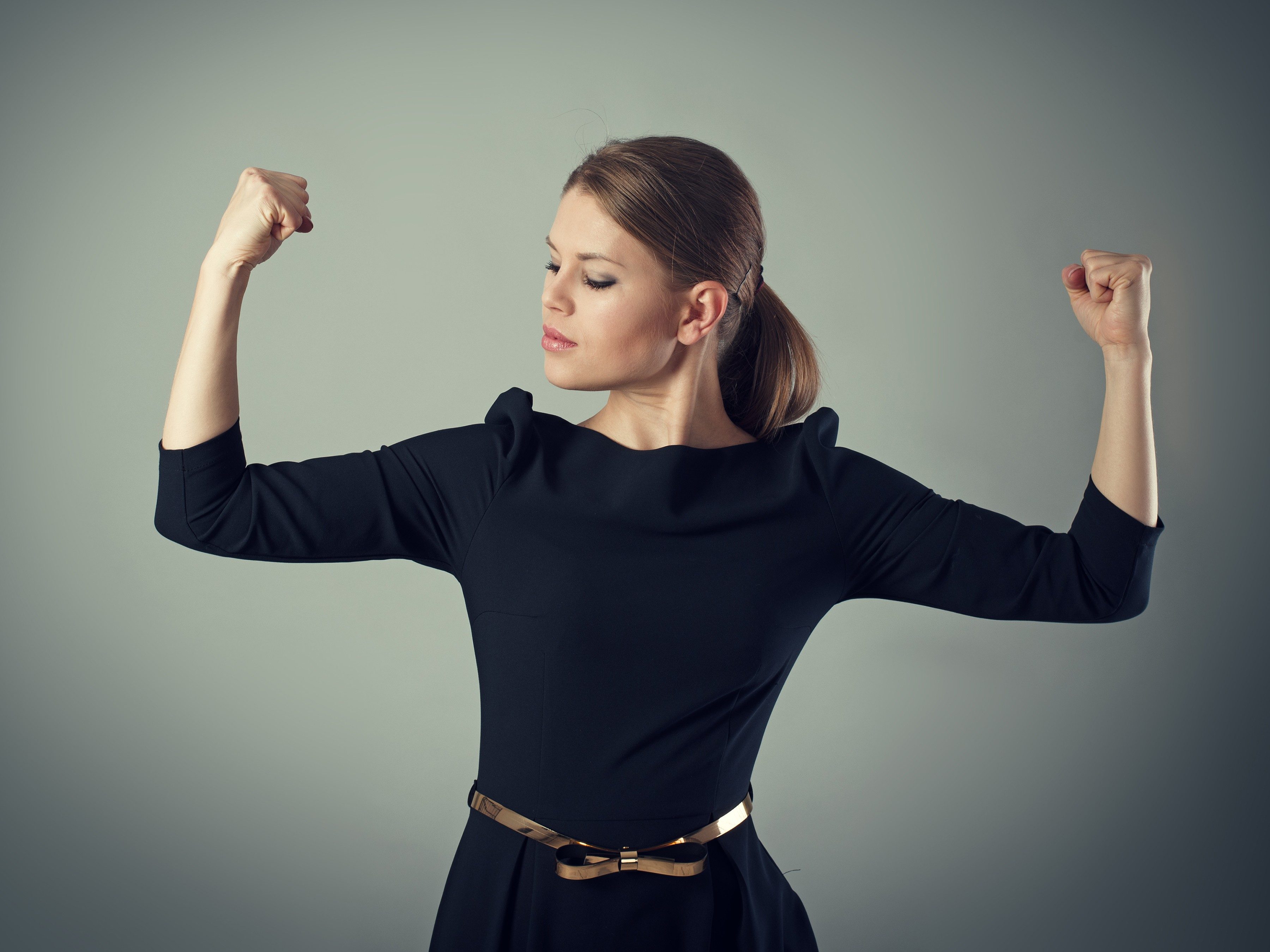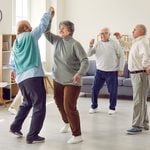The Mind-Body Connection: How Moves Can Influence Your Moods
Researchers studying the mind-body connection are finding that the we ways we move can influence our moods. Here are some fascinating tips on how to change the way you think simply by changing the way you move.

The mind-body connection is so powerful that our faces convey our thoughts, even when we try to mask them. Knowing that, researchers have trained doctors, spies and CEOs to read “micro expressions,” the fleeting emotions we broadcast.
Can we influence wellness by thinking about the mind-body connection in the opposite way?
Research has repeatedly shown that body movements and facial expressions can change how we interpret the world around us. In one 2003 study, scientists at Ohio State University and the Universidad Autónoma de Madrid told participants they were there to test headphones in order to trick them into nodding or shaking their heads while they listened to an editorial. Participants who were asked to shake their heads in disapproval were less convinced by poor arguments, while the participants who were asked to nod to signal approval were more convinced by the strong ones.
Richard Petty, a co-author of that study, advises people to nod as they rehearse positivity and shake their heads if negativity creeps in. “Some people think positive thoughts, but they don’t have confidence in them,” he says. “Sit up straight, nod your head and you can almost feel it. It’s like, ‘This is right.'”
Recently, scientists have begun to study how whole-body movements can transform mood. In a 2010 study led by researchers at Columbia and Harvard universities, 42 participants were asked to hold either expansive poses associated with power or constricted poses associated with powerlessness.
(One power pose involved standing and leaning forward against a desk with hands shoulder-width apart and palms down; one powerless pose involved standing with feet crossed and arms in a self-hug.)
After just two minutes in those stances, there were psychological changes: the power posers felt more powerful and took more risks in a gambling game. But there were also physical changes: the subjects who adopted powerless poses had higher levels of the stress hormone cortisol and lower levels of testosterone.
If standing tall and smiling big alter confidence and happiness, then why not use them to boost your confidence? Harvard Business School researcher Amy Cuddy, a co-author of the 2010 study, points out that power poses get results all over the animal kingdom. For humans, she recommends standing straight with feet apart and your hands on your hips, Wonder Woman-style, or leaning back in a chair with legs straight and your arms behind your head. Whatever the pose, take up some space and convey a sense of well-being.
Related features:
Natural Mood Boosters
12 Habits of Highly Confident People
How to Tell If Someone is Lying



